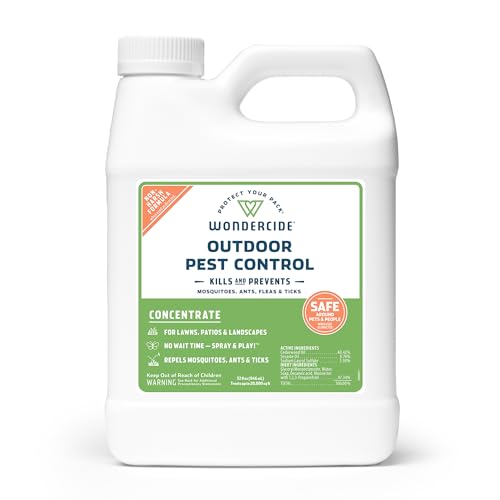



To stop those little intruders from invading my dining area, I suggest placing the dish in a shallow pan filled with water. This creates a barrier that is tough for them to cross. Make sure the water level is just enough to keep them from swimming over.
Another handy trick is to use a special mat designed to repel them. These mats often have a surface that’s slippery or sticky, making it hard for them to gain traction. Place the mat under the dish to protect my meals.
Consider the timing of meals as well. By feeding me at specific times rather than leaving food out all day, you can limit access to my treats. Feeding me on a schedule reduces the chances of attracting unwanted guests.
Finally, cleaning the area regularly is important. After I finish my meal, make sure to wash the dish and the surrounding space. This will remove any enticing crumbs or scents that might attract those tiny visitors.
Choosing the Right Location for the Food Dish
The perfect spot for a meal is crucial. Look for a shaded area to minimize heat and keep the kibble fresh. Positioning the dish away from dense vegetation is key; thick bushes can be a highway for unwanted guests. I recommend placing it on a hard surface like concrete or stone, which makes it easier to spot any intruders.
Avoiding High Traffic Areas
Choose a location that is not frequently visited by other animals. High foot traffic can attract more wildlife, leading to potential disturbances. A quiet corner of your yard or patio works best. This allows me to enjoy my meals in peace without interruptions.
Using Natural Barriers
Consider using natural barriers like rocks or gravel around the dish. These can deter critters while adding an aesthetic touch to the area. If you have a fence, placing the dish near it can also help limit access from wandering pests.
For those who want to ensure my safety during outdoor adventures, check out the best gps trackers for cats. This way, you can keep tabs on me even when I’m exploring my territory.
Using Ant-Proof Feeding Stations
Investing in a specialized feeding station is a smart move. Look for options with elevated designs or those featuring a moat to deter unwanted visitors. These stations often have a cover that prevents access from above while allowing mealtime to happen comfortably.
Ensure the station is made of durable materials that withstand the elements. Plastic or metal constructions are preferable, as they are easier to clean and maintain. Regularly checking for any leftover morsels inside the station will help in reducing the chances of attracting unwanted creatures.
Placing the feeding station in a shaded area can also aid in keeping food fresh and unappealing to other critters. Thoughtful positioning, combined with the right design, creates an effective barrier against any intrusive guests.
For those interested in enhancing their setup further, consider integrating tips from other sources, like this link about how to layer aquarium substrate, which can provide additional insights on creating a suitable environment for various feeding solutions.
Applying Natural Deterrents Around the Bowl
Using cinnamon is a great way to create a barrier. Just sprinkle it around my dining spot, and it keeps unwanted visitors at bay. They dislike the strong scent, so it’s an easy fix.
Another option is diatomaceous earth. This natural powder can be dusted around the perimeter. It’s safe for me and works by damaging the exoskeletons of the little intruders, effectively deterring them.
Essential oils like peppermint or tea tree can also be effective. Mix a few drops with water and spray the area nearby. The strong aroma repels many creatures, making my meal area less inviting.
Planting herbs such as mint or basil nearby can help too. Their fragrance is off-putting for various insects, and they add a nice touch to the outdoor space.
Lastly, vinegar mixed with water can be sprayed around the vicinity. The smell dissipates for humans but remains a deterrent for many pests. Regular application is key to maintaining its effectiveness.
Regular Cleaning and Maintenance of the Area
Remove any leftover kibble or moist remnants immediately after feeding. This prevents lingering scents that attract unwanted visitors. Regularly check the feeding station for spills and wipe down surfaces to eliminate traces of food.
Consider dedicating a specific time for routine inspections. A quick glimpse every day ensures cleanliness and helps identify any potential issues early. Keep the surrounding area tidy by clearing away debris such as leaves or grass clippings that could harbor critters.
If rain or moisture affects the feeding setup, ensure it remains dry. Stagnant water can also draw in various insects. Use a clean, dry cloth to wipe any surfaces that may have gotten wet.
Implement a weekly deep clean. Soak the feeding dishes in warm, soapy water to eradicate any residue and bacteria. Rinse thoroughly and let them air dry before the next mealtime.
Maintain the area by trimming back vegetation nearby. This minimizes hiding spots and creates an unwelcoming environment for unwelcome guests. Keeping a clean and organized feeding location will help in reducing the chances of uninvited guests munching on leftovers.
Monitoring Ant Activity and Adjusting Strategies
Regular observation is key to managing uninvited visitors. Take note of the times when you see the little creatures congregating. This will help in understanding their peak activity periods.
Track Patterns
- Document sightings in a notebook or a digital app.
- Observe environmental conditions like rain or heat that may influence their behavior.
Adjust Feeding Schedule
- Feed during hours when the little ones are less active, often early morning or late evening.
- Consider reducing food quantity if leftovers are attracting them.
Implement changes based on your observations. If you notice an increase in activity after a recent rainfall, it might be time to modify your deterrents or feeding times. Consistency in monitoring will lead to a more effective management strategy.








